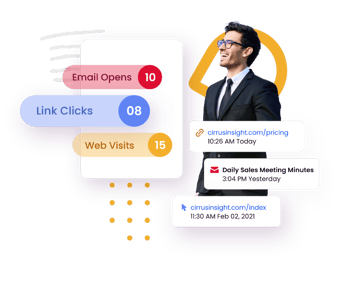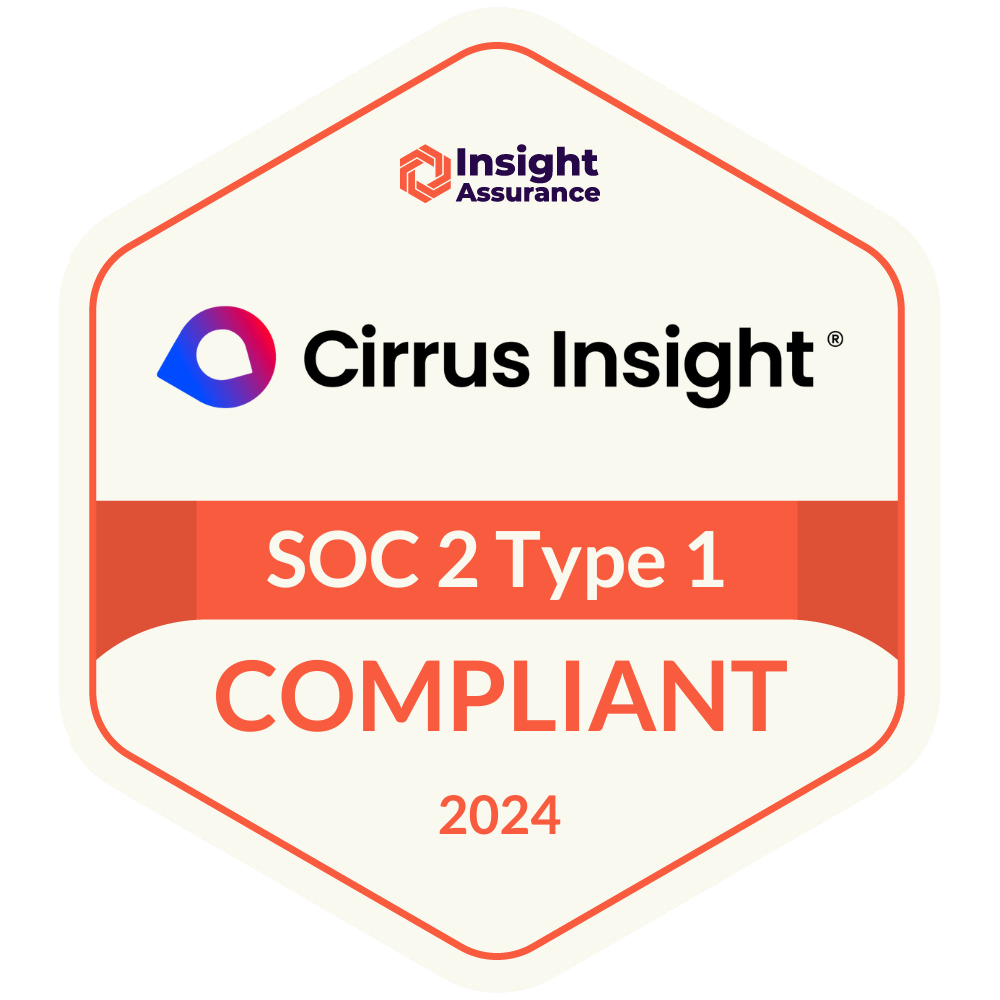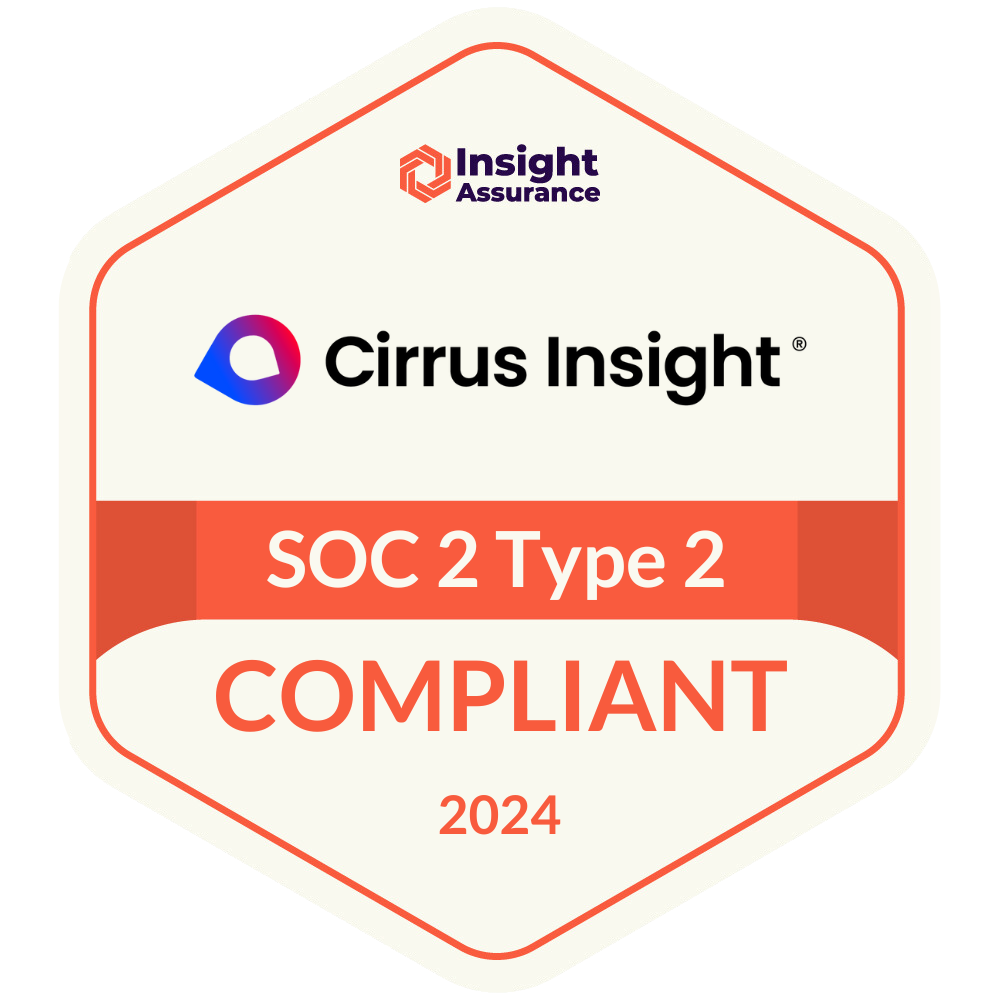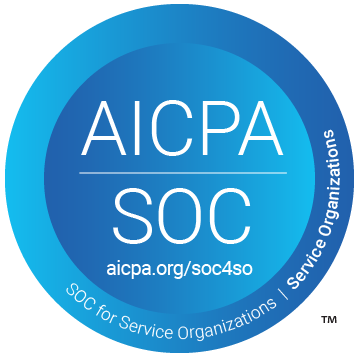- Solutions
-
Products
-
Resources
Sales Automation Tools | Cirrus Insight by Kristi Campbell View all Blog Posts >Get the App, Get the Sidebar, & Get Your Trial Going HereUnleash limitless growth opportunities by partnering with Cirrus Insight.
- Pricing
Filter By:
- All topics
- Sales Productivity
- Sales Intelligence
- Salesforce
- Sales Strategy
- Sales Prospecting
- Book More Meetings
- Best of
- Company News
- Product
- Sales Leadership
- CRM Admininstration
- Sales Metrics
- Supercharge Sales Activity
- Team Scheduling
- Admin
- serious insights
- Prospect Smarter
- Sales Activity Data
- Sales Forecasting
- Scheduling Solutions
- Prospect Faster
- Auto-Sync Everything To Your CRM
- Chrome
- Comparison
- Financial Services
- For Admins
- Getting Started
- IT & Security
- outlook
Subscribe to our Blog for the Latest Insights
Join our blog community to stay informed and receive fresh content and actionable tips directly in your inbox.
Top 7 Sales Closing Techniques
 Closing sales is one of the most crucial aspects of running a business. It doesn’t matter how good your product is or how skilled you are at marketing; if you can’t close deals, you’re not in a business that’s going to last very long. In fact, closing sales is so important that 71% of sales professionals consider it their top priority, according to a HubSpot Survey.
Closing sales is one of the most crucial aspects of running a business. It doesn’t matter how good your product is or how skilled you are at marketing; if you can’t close deals, you’re not in a business that’s going to last very long. In fact, closing sales is so important that 71% of sales professionals consider it their top priority, according to a HubSpot Survey.
Unfortunately, closing sales is also a challenging skill to master. 35% of sales professionals say closing is the hardest part of their job.
Over the years, sales professionals have developed various techniques to help them seal as many deals as possible. Below, we’ve compiled 7 proven sales closing techniques that will help you generate better results and live to fight, and sell, another day
The Assumptive Close
This is an effective closing technique that relies on the power of confidence. Instead of trying hard to convince a prospect to buy, this technique requires you to approach the sale under the assumption that the prospect is ready to buy.
For example, instead of asking the prospect if they think your product is the right fit for them, ask them when they want you to deliver the order. This has a psychological effect on your prospects. When you speak to them as if they’ve already agreed to the deal, it makes it harder for them to “change their mind.”
For this technique to work, however, you need to be confident without being aggressive. If you’re too pushy, your prospect will get wary and pull out of the deal.
The Urgency Close
You’ve probably seen sales statements like “hurry while supplies last” or “discount ends today.” These are examples of the urgency close, also known as the now or never close or the scarcity close.
This technique works because it preys on the fear of missing out (FOMO) and forces the prospect to make a decision quickly. You’re telling them they have a chance to get a fantastic product at a great price, but that chance is only available if they take action now. Most prospects will take your offer to avoid the regret of missing out on a great deal.
The best time to use this technique is when your prospect is sincerely interested in your product but has a minor objection making them hesitant. This technique gives them the nudge needed to make the purchase decision without over-analyzing it.
The Puppy Dog Close
Imagine you want to purchase a puppy from a pet store, but you aren’t sure if the puppy is the right one for you, or you think the price is too high. The pet store then gives you an offer – take the puppy with you for a month, and if you’re not happy, you can return the puppy to the store. In such a situation, there’s a high chance you’ll fall in love with the puppy and pay for it instead of returning it. The puppy dog close is similar to the above situation because it gives your prospect a chance to try your product or service. For instance, if you’re selling a software solution, you can allow the customer to try it free for two weeks. (The less risk involved, the better. For example, that’s why Cirrus Insight offers a free two-week trial that doesn’t require a credit card to get started.)
The puppy dog close is similar to the above situation because it gives your prospect a chance to try your product or service. For instance, if you’re selling a software solution, you can allow the customer to try it free for two weeks. (The less risk involved, the better. For example, that’s why Cirrus Insight offers a free two-week trial that doesn’t require a credit card to get started.)
For this technique to work, you need a great product that the prospect will find hard to let go of. After experiencing the product, the pain of going back to their prior situation should be greater than the cost of paying for your product.
The Question Close
The question uses a series of questions to get the prospect to the point of signing on the dotted line. For example, after explaining how your product works, you could ask, “Does this product help you solve problem X?”
If they answer yes, the next logical step is to get them to sign the deal. If they respond with a no, you can ask another question to understand their hesitation. For example, you could ask, “Why do you feel it doesn’t solve your problem?” Their answer to this question will help you understand and address their objection.
Even if they answer yes to the first question but are still reluctant to buy, you could ask another question like “Is there a specific reason you feel this product is not right for you?” Again, their answer to this question will provide you with more information about their objections, which you can then address.
The Analytics Close
Some prospects make purchase decisions solely based on comparing the pros and cons of buying. For such prospects, your job as a salesperson is to make the decision easier by giving them a list of your product’s pros and cons. However, your product needs to have more advantages than disadvantages for this technique to work.
This technique is best for people who strive to make a truly informed decision before purchasing. Focus your pros on how the product will help solve the problems it’s meant to solve, and while you should be honest about the cons of the product in order to provide the buyer with a truly informed decision, make sure that those cons truly are offset by the advantages of buying. If they aren’t, the product isn’t ready to be put up on the market in the first place. A good way to test this is to make a list of the pros and cons of the product and then share them with people you know for an honest opinion.
The Opportunity Cost Close
Many times, prospects are hesitant to buy what you’re offering because they see it as an unnecessary cost. However, you can flip the script by getting them to consider the opportunity cost of forgoing your offering. Instead of thinking about what it will cost them to acquire your product, get them to think about what they’ll lose if they don’t get it.
For instance, if you’re selling a sales tool, highlight what it’ll do for the prospect, then make them think about losing out on that. For example, you could say, “Our solution will increase your sales by over 30%. What are your current sales figures? $1 million monthly? With our solution, you could have an extra $300,000 in monthly sales revenue or about $3.6 million annually.”
Using this technique changes your offering from an unnecessary cost into a much-needed investment, thus increasing your chances of closing.
The Freebie Close
Everyone loves a freebie – even B2B customers – which means you can increase your chances of closing a sale by offering an unexpected freebie. The freebie close is one of the best sales techniques because it leverages the principle of reciprocity. Once they get something from you for free, your prospect feels obligated to return the favor, and the only way to do that is by buying what you’re offering.
The freebie closes with all types of products and services. For instance, if you’re selling an accounting solution, you could throw in free invoicing templates that come with features like automated tax calculations. Similarly, if you’re selling vehicles, you could offer a free service. For this to work, however, your freebie needs to be valuable. Offering to give a free t-shirt to someone who’s about to spend $40,000 on a car won’t push them to make the purchase decision.
Wrapping Up
A poor sales closing rate affects every aspect of your business because the ultimate goal of any business is to sell. Fortunately, you can generate more sales and improve your win rate by taking advantage of the 7 sales closing techniques we’ve shared here. Of course, not every single one will work for you since this depends on the nature of your business and each client may require a different method to close based on their own situation. However, you can try all of these, track the ones that work, and then double down.
Have Total Visibility On All Your Accounts.
Understand everything that’s happened between the company and the customer.






